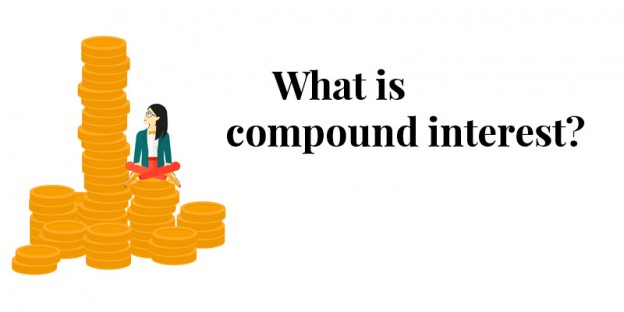When Benjamin Franklin died in 1790, he left the equivalent of $4,400 each to the cities of Boston and Philadelphia in his will, under the condition that the money be loaned and invested. He stipulated that the cities would have access to a portion of the funds after 100 years and receive the remaining funds after 200 years. When the cities received their balances after 200 years, the combined bequest had grown to $6.5 million. How did such a small initial sum grow to such a large amount? Through the power of compound interest. (Source: Benjamin Franklin Institute of Technology, Codicil to Benjamin Franklin’s Will)

There are two basic types of interest: simple and compound. The main difference between the two is that simple interest generates interest only on the initial principal amount, while compound interest generates interest based on both the initial principal amount and all accumulated interest. Here’s an example of how each works.
Say you put $10,000 in an account that earns 2% simple interest per year. In the first year you would generate $200 and end up with a total of $10,200. In year two, you’d earn another $200, bringing your total to $10,400.
If you put that same $10,000 in an account that earns 2% compound interest per year, in the first year you would generate $200 and end up with a total of $10,200. At the end of the second year, however, interest builds on the interest from the previous year, and now you earn money on the amount in your account rather than the initial principal alone. Therefore, the interest earned in that second year is $204, bringing your total to $10,404.
While the interest may not seem like much at first, it can add up over time, especially when you invest an additional amount each month. For example, if you invest that $10,000 in an account that generates 2% compound interest per year, and then invest an additional $400 per month, your initial investment would grow to $214,943.55 after 30 years. In another 10 years, you would have $315,141.32. With compound interest, time is your friend, so the earlier you can start saving, the better.
Note: This hypothetical example of mathematical compounding is for illustrative purposes only and does not represent any specific investment. Actual results may vary.




— One Comment —
Comments are closed.